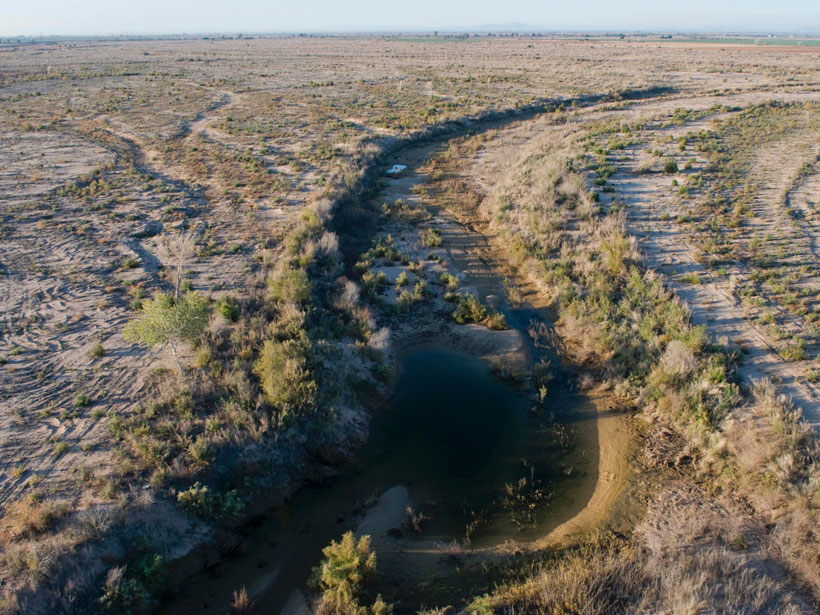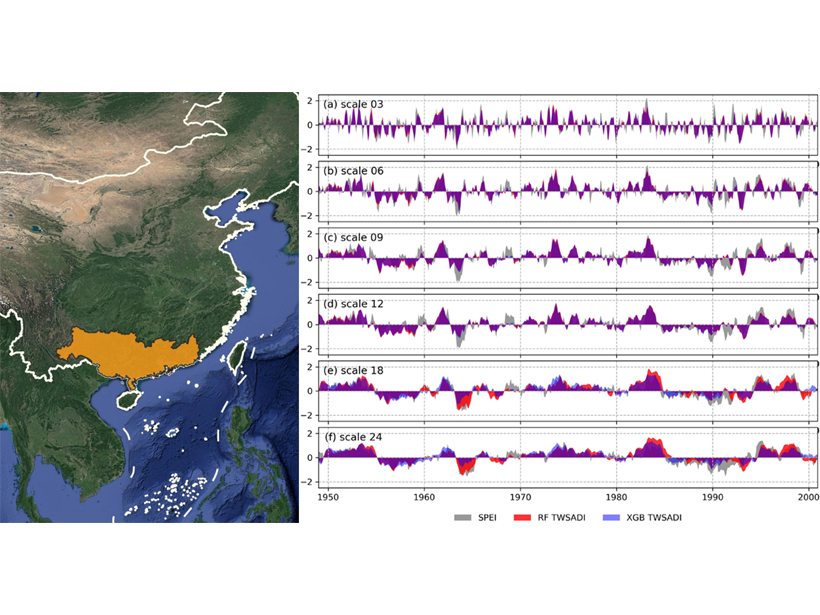Innovative new research by a team of international scholars borrows modeling methods from ecology and applies them to groundwater sustainability.
freshwater
¿Cómo Afecta el Reverdecimiento del Ártico al Agua Subterránea?
Nuevas investigaciones examinan cómo los cambios en la ecología de la superficie influyen en la hidrología subterránea en el Ártico.
Linking Critical Zone Water Storage and Ecosystems
The geology and the structure of Earth’s critical zone control subsurface moisture storage potential and determine the resilience of forest and river ecosystems to drought.
How River Capture Affects the Evolution of Aquatic Organisms
River basins are dynamic environments that are always changing and reorganizing under geologic forces. New research investigates how this shape shifting influences aquatic speciation and extinction.
World’s Deepest Freshwater Cave May Be a Kilometer Deep
The Czech Republic’s Hranice Abyss is more than twice as deep as researchers thought.
How Forest Degradation Affects Carbon and Water Cycles
Forest degradation may be as widespread as deforestation in the Amazon, but its impact on energy, carbon, and water fluxes is less well understood.
¿Cuántas Modificaciones Puede Aguantar el Ciclo de Agua de la Tierra?
El marco teórico que estudia los límites planetarios define cuánta perturbación humana pueden soportar los diversos procesos del sistema terrestre, pero puede que no describa adecuadamente el ciclo del agua o la medida en que lo hemos alterado.
Modeling Water Stress for Shared Water Resources
Billions of people rely on water resources that originate across borders. New research evaluates how climate change and increased water demand could affect future water stress.
Ensemble Learning Estimates Terrestrial Water Storage Changes
Ensemble learning models for estimating past changes of terrestrial water storage from climate are presented and tested in the Pearl River basin, China.
How Does a Greening Arctic Affect Groundwater Recharge?
New research examines how shifts in aboveground ecology influence belowground hydrology in the Arctic.










